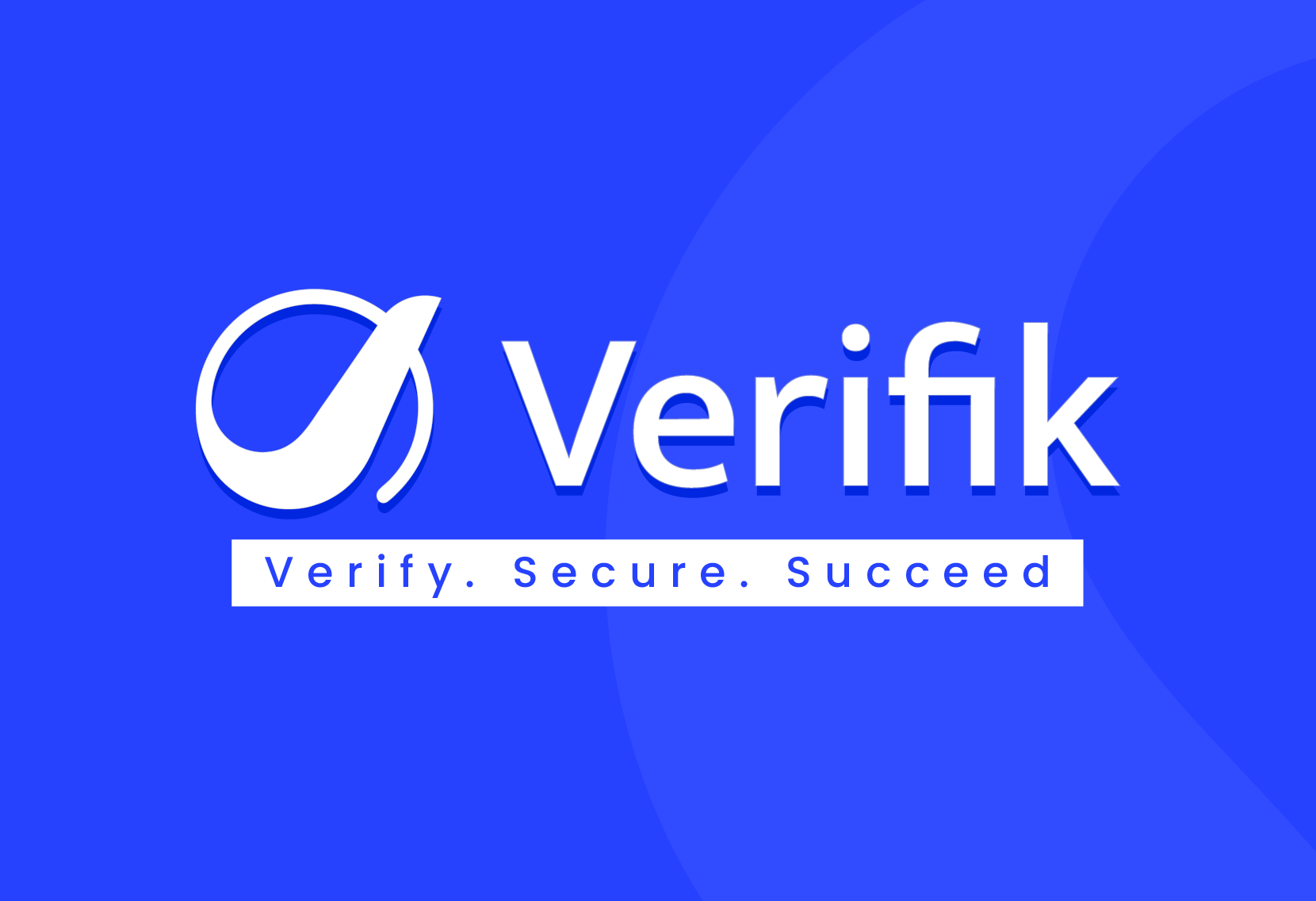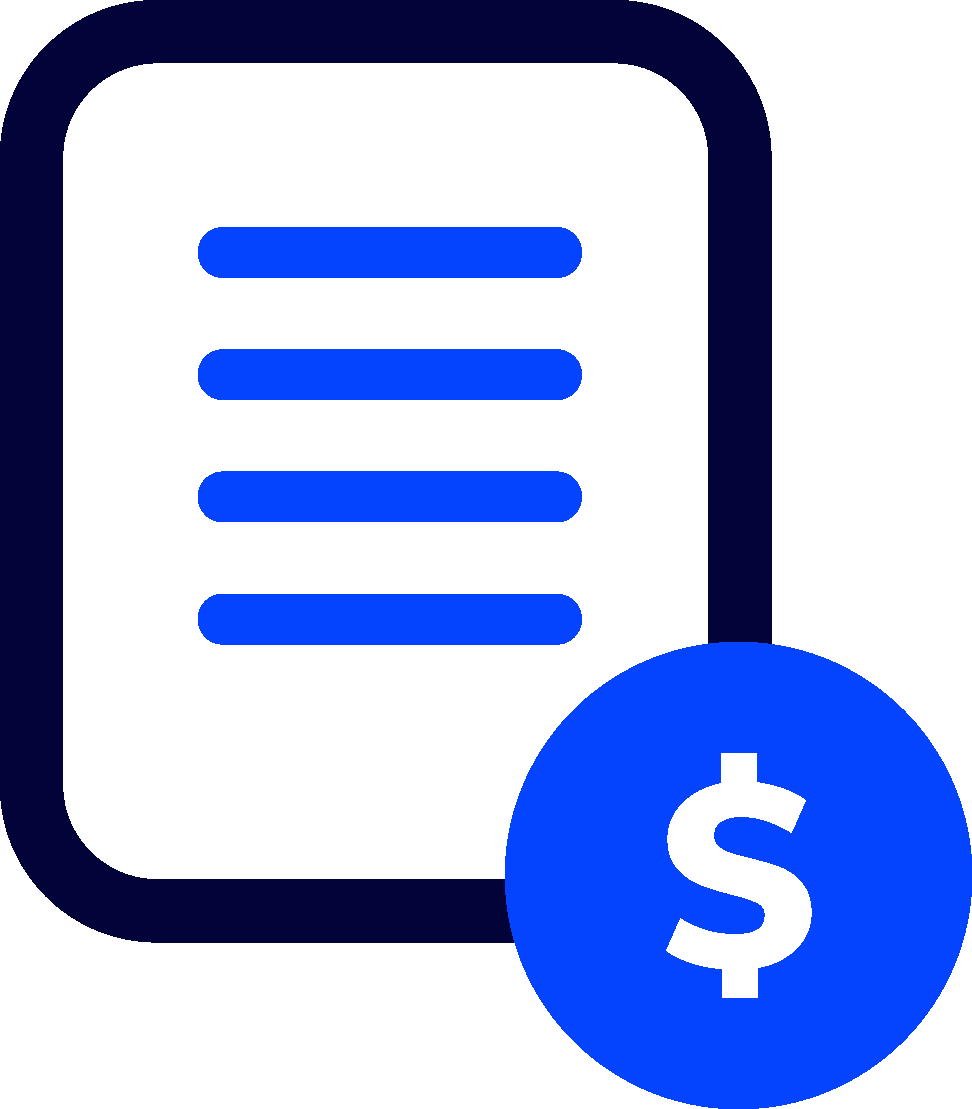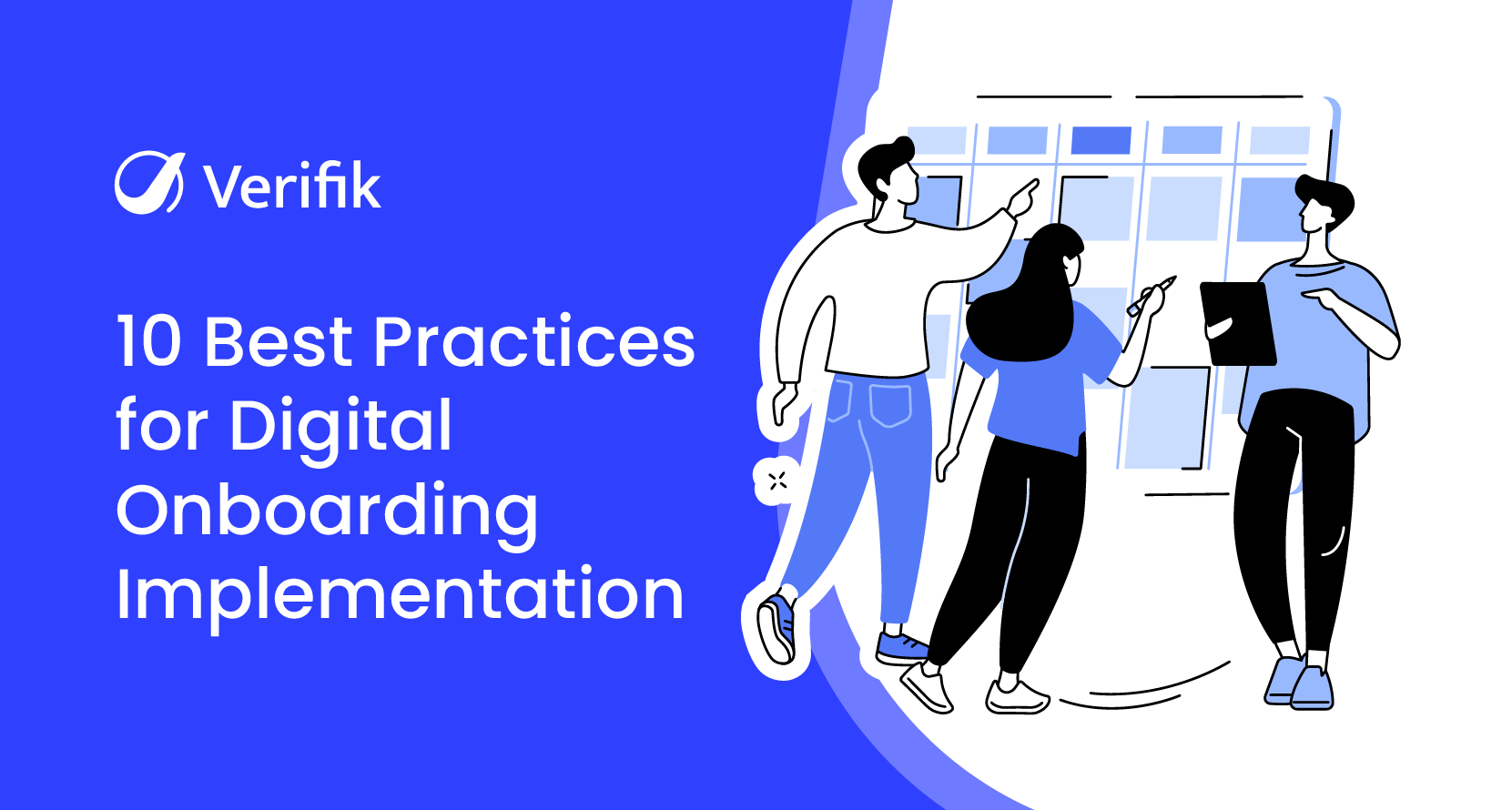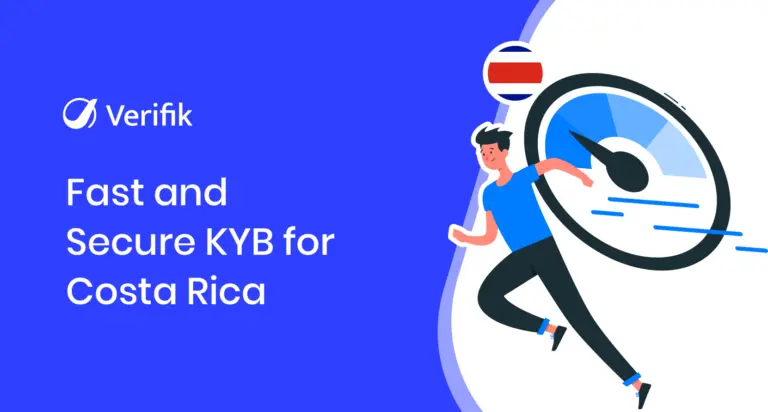Digital onboarding is the process of enrolling and verifying a new customer, client, or user entirely through digital channels. Instead of visiting physical offices or filling out endless forms, customers can complete everything on their mobile or desktop devices. Think of onboarding as your brand’s “first handshake” with a customer. A seamless process builds trust and sets the tone for long-term loyalty, while a clumsy or confusing one can lead to early drop-offs and lost opportunities.
In this blog, we will explore 10 actionable best practices for implementing digital onboarding effectively, supported by practical tips to help you boost conversion rates, maintain compliance, and enhance the overall user experience.
Why Digital Onboarding Matters
Modern customers expect speed, convenience, and security in every interaction. Digital onboarding helps businesses meet these expectations while streamlining internal processes.
For Businesses:
- Efficiency and scalability: Handle hundreds or thousands of new onboardings without adding staff.
- Cost savings: Reduce paper usage, in-person verification, and manual data entry.
- Faster acquisition: Turn prospects into active customers in minutes instead of days.
For Customers:
- Convenience: Sign up anytime, from anywhere.
- Less friction: Fewer forms, faster verifications, and no unnecessary branch visits.
For Compliance:
- KYC and AML readiness: Meet banking and regulatory standards.
- Data protection: Stay aligned with GDPR, CCPA, or regional privacy laws.
10 Best Practices for Successful Digital Onboarding Implementation
1. Map the Onboarding Journey Before Going Live
Before you launch, step into your customer’s shoes and outline every interaction they’ll have, from downloading your app to becoming an active user. This journey map should highlight touchpoints, possible friction areas, and emotional responses.
Why it matters: A clear journey map ensures that no critical step is missed and helps you design smoother transitions.
Example: A digital insurance company found that customers got frustrated when asked for payment details before understanding policy benefits. Reordering these steps reduced drop-offs by 22%.
Pro Tip: Use customer journey mapping tools like Lucidchart or Miro to visualize every stage and refine bottlenecks.
2. Prioritize User-Friendly Interfaces
Onboarding should be intuitive, not a puzzle. A confusing design is one of the top reasons users abandon the process.
Best practices:
- Stick to a clean layout with minimal clicks.
- Use progress indicators such as “Step 2 of 4.”
- Ensure mobile responsiveness since over 70% of users complete onboarding via smartphones.
Example: A SaaS platform introduced a single-page onboarding form with auto-save features. Completion rates improved by 30%.
Pro Tip: Conduct usability testing with non-technical users to see how easily they can complete the process.
3. Automate Where Possible
Automation speeds up onboarding while reducing manual errors. From document scanning to instant verification, smart automation keeps the process fast and consistent.
Automation opportunities:
- OCR (Optical Character Recognition) for scanning ID cards.
- Automated approval workflows.
- Email or SMS reminders for incomplete steps.
Example: A telecom company cut down SIM card activation time from 48 hours to 10 minutes by automating ID checks and approvals.
Pro Tip: Balance automation with a human touch. Complex cases should still route to a live agent.
4. Personalize the Experience
Not all customers are alike. Personalization ensures that onboarding feels relevant, not generic.
Ways to personalize:
- Show only the required steps for different customer types such as individuals vs businesses.
- Use dynamic content like personalized welcome messages.
- Offer industry-specific walkthroughs.
Example: An investment app used customer data to offer tailored portfolio suggestions during onboarding, leading to a 25% higher engagement rate.
Pro Tip: Avoid overwhelming users with optional features early on. Let them discover advanced tools after basic onboarding.
5. Ensure Regulatory Compliance from Day One
Onboarding is often subject to strict rules, especially in finance, healthcare, and telecom. Building compliance into the process from the beginning prevents costly mistakes.
Compliance essentials:
- KYC and AML checks to verify customer identities.
- GDPR and CCPA to protect user privacy and secure consent.
- Industry-specific requirements such as HIPAA in healthcare and PCI DSS in payments.
Example: A global bank introduced real-time KYC checks during onboarding, preventing fraudulent account openings and saving millions in potential fines.
Pro Tip: Integrate compliance seamlessly so it feels like part of the flow, not an extra burden.

6. Integrate Strong Security Measures
Customers share sensitive personal and financial information during onboarding. Any breach can destroy trust instantly.
Security essentials:
- Multi-factor authentication (MFA).
- End-to-end encryption.
- AI-driven fraud detection and anomaly tracking.
Example: A digital wallet provider integrated biometric verification such as fingerprint and selfie matching during onboarding and saw fraud attempts drop by 40%.
Pro Tip: Tell users what security measures you are using. Transparency reassures them their data is protected.
7. Offer Clear Instructions and Guidance
A user lost in the process is a user likely to quit.
Best practices:
- Add tooltips or “info” icons explaining tricky fields.
- Include short explainer videos for complex steps.
- Use real-time validation such as “Password must include a number.”
Example: A SaaS product reduced abandonment rates by 25% after adding in-app tips explaining why specific fields were required.
Pro Tip: Avoid technical jargon. Simple, friendly language works best.
8. Provide Real-Time Support
Even with a well-designed process, users may need assistance. Offering help in real time can make the difference between a completed onboarding and an abandoned one.
Support options:
- Chatbots for FAQs.
- In-app live chat with agents.
- Call-back requests for premium users.
Example: An e-commerce platform added 24/7 chatbot support during onboarding, cutting abandonment rates by 18%.
Pro Tip: Position support options within the onboarding flow. Do not make users hunt for help.
9. Test and Optimize Continuously
Onboarding is not a set-it-and-forget-it process. Regular testing helps uncover weak points and adapt to changing user expectations.
Key metrics to track:
- Drop-off rates at each step.
- Average completion time.
- Customer satisfaction surveys.
Example: A SaaS startup ran A/B tests on form lengths. The shorter form increased completion by 35% without hurting compliance.
Pro Tip: Review analytics weekly during the first three months of launch, then monthly after stabilization.
10. Gather Feedback After Onboarding
Once onboarding is done, do not stop listening. Customer feedback is a goldmine for improvements.
Ways to gather feedback:
- Quick surveys such as “Rate your onboarding experience: 1–5.”
- Open-ended feedback for suggestions.
- NPS surveys after 7–14 days of use.
Example: A fintech app discovered through surveys that users wanted more video tutorials instead of PDFs. Adding these improved satisfaction scores by 20%.
Pro Tip: Close the loop by telling customers how you used their feedback to improve.
Final Words
Digital onboarding works best when it feels simple and welcoming for users. The right approach not only saves time but also builds trust from the very first interaction. When businesses focus on clarity, security, and ease of use, they give new customers a reason to stay and engage.
At the end of the day, onboarding is not just about getting someone started, it’s about making them feel confident and valued from the start. If you keep improving the process with users in mind, it can turn into one of the strongest drivers of long-term loyalty.
Simplify Onboarding with smartENROLL
Onboarding should be seamless, not stressful. With smartENROLL, Verifik gives your business the tools to verify users quickly and securely while staying fully compliant.
Our solution covers every critical step:
- Enroll – Capture and register users with ease.
- Database Screening – Instantly check identities against trusted databases.
- Scan Docs – Verify documents in real time for accuracy and authenticity.
- Access – Grant secure access only to verified users.
With smartENROLL, you get a complete onboarding solution that reduces friction, prevents fraud, and builds trust from the very first interaction.
Talk to our team today to see how smartENROLL can power your digital onboarding journey.













